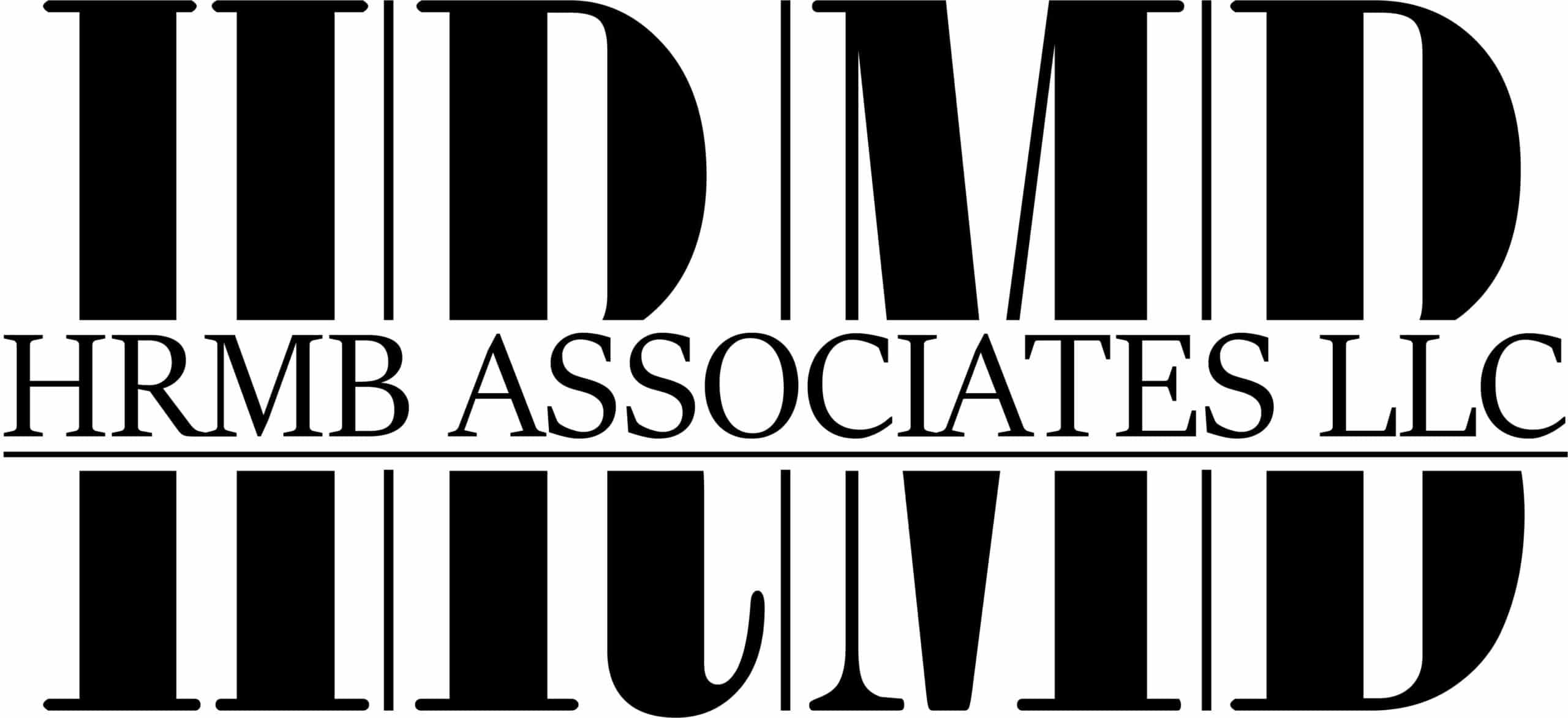Top 6 Key Strategies For Better Tax Planning for Beginners

Tax planning is assessing a financial plan to ensure the most tax-efficient outcome. A good tax plan enables you to pay the lowest tax possible, maximizing the ability to save more. It helps people reduce their total tax liabilities, which can be termed tax relief or tax concession. It is legal and efficient to maximize tax breaks and lower liabilities.
Tax rules can be challenging to learn, but knowing all about them will benefit you a lot. It will change how you pay your taxes and help you save on them. Also, it will help you do better planning for your tax. Below are some of the key principles and strategy concepts of tax planning for beginners you must know.
Understand The Tax Bracket For Better Tax Planning
The first step to tax planning is to understand the Federal Tax Bracket. Different regions have different ways of taking government tax. A place like the United States runs a progressive tax system. It means people with higher incomes have to pay higher taxes, whereas people with lower incomes have to pay lower taxes.
There are usually seven federal income tax brackets: 10%, 12%, 22%, 24%, 32%, 35%, and 37%. The tax filing status and income of the people determine their tax bracket. No matter in which tax bracket you are in, you do not have to pay the tax rate on your entire income. It can be due to the below-given reasons:
- To determine the taxable income, you have to subtract the tax deduction. This is why the tax income differs from the total income.
- The government splits your income into small parts and then applies a tax on these chunks at the corresponding rate.
Know The Dissimilarity Between A Tax Deduction And A Tax Credit
Knowing about the tax credits and deductions is essential to prepare for a tax return. Both play a crucial role in minimizing the tax bill but in different ways. Knowing the difference between the terms will let you apply effective strategies to lower the tax bill.
The tax deduction is the amount that you can subtract from your income to lower the tax amount you owe. It will reduce the amount of your income that is subject to taxes.
A tax credit is a provision for a dollar-for-dollar reduction in your final tax bill. A $1000 tax credit value can lower the tax bill by $1000.
Decide To Take A Standard Deduction Or Itemize
This effective step in tax planning brings a huge difference in your final tax bill. You must decide whether you should choose to take the standard deduction or itemize. However, before you decide, you must know what they are.
Standard Deduction
It is a flat-dollar tax deduction to a person’s earned salary. It is also called a no-question-asked tax deduction. A Standard deduction helps in faster tax preparation, which is why most people prefer this kind of deduction over itemizing. Under this, a specific standard deduction amount is set and adjusted every year, and the amount you qualify for depends on your tax filing status.
Itemize
Instead of selecting the standard deduction, you can also itemize your tax return. Itemized deduction is a list of all eligible expenses you qualify for.
- People usually itemize when their itemized deductions become more than the standard deductions.
- Itemizing deductions takes longer when doing taxes and requires you to prove that you are qualified for the deductions.
- You can claim the itemized deduction using the IRS Schedule A.
- Itemizing may benefit you in some ways. For example, If you own a house, the itemized deductions are applied to the mortgage interest and the property tax. It easily adds up more to the itemized deductions than the standard deduction letting you save more money.
- You may itemize on state tax returns even if you take the standard deductions on your federal return.
- A good tax advisor or tax software can help you if you cannot differentiate between both deductions. They will let you know for which tax deductions you are eligible.
Know About The Popular Tax Deduction And Tax Credits
There are many tax deductions and tax credits, each with its own rules. Some of the most popular ones include Adoption credit, Capital loss deduction, Child tax credit, Earned income tax credit, Medical expenses, Property taxes, etc. Thus, you must find out which one is allowed for you.
Keep Vital Tax Return Records And Documents
Keeping all the tax return documents and records during your audit is crucial. The IRS will be given three years to decide whether or not to audit your return. Thus, you must keep all the records for at least three years if you file a credit or refund claim after filing the original return.
Sometimes, you may need to keep records and documents for a longer time. The IRS may take longer to audit the tax return in some of the cases mentioned below.
- Six years: You have understated your taxable income by more than 25%.
- Seven years: You have written off the loss done from the “worthless security.”
- Infidelity: You have done any tax fraud or did not file an income tax return.
Also read: Tax Planning Strategies Every Business Needs in 2022
Strategy To Reduce Deduction In The Final Tax Bill
Above, you have seen some effective ways to cut tax bills. However, there are some more strategies that you can apply to reduce the deduction. Let’s have a look at those strategies.
W-4 Form
A W-4 form is a form by the IRS that you complete to let your employer know how much tax to hold from your salary. After that, your employer sends that tax to the IRS from your side. But, you can use this W-4 for better tax planning. Here is how you can do so.
It may happen that you received a huge tax bill when you filed it. In this case, you can increase your withholding. It helps you pay less or no amount the next time you file.
But, you may also have received a large refund last year that will remain in your paycheck throughout the year. In this case, decrease your withholding.
You can change the W-4 form anytime, even if you have filled it out at the start of your job. You have to download the form from the IRS website, fill it and give it to the HR or the payroll team of your workplace.
401(k) Account
Your employer may provide the 401(k) saving and investment plan. This plan offers a company-sponsored retirement account that allows employees to contribute a portion of their salary to this individual account.
The IRS does not take tax from the amount that you directly move from the paycheck to 401(k). You can divert up to $20500 per year; if you are 50 or older, it can extend up to $2700.
As this is an employer-sponsored retirement account, self-employed people, like business people, can open their own individual 401(k) accounts. Your employer may match part or all of your contribution. In this case, you will get the free money to start up.
IRA
Apart from the employer-sponsored 401(k) retirement account plan, there are two other types of individual retirement accounts: Roth IRAs and traditional IRAs. The traditional IRA contribution may be tax-deductible. The deduction depends on how much you and your spouse can earn. It also depends on whether you or your spouse are under a retirement plan or not at work.
You must pay the tax when you take distributions in retirement or take out money before retirement. Roth IRA does not allow tax deduction from the withdrawals in retirement. Your retirement contribution may not be tax deductible when you pay taxes in advance.
529 Account
The 529 plan is a tax-advantage saving plan for future education costs. It is operated by most states to encourage saving; even many educational institutions run this plan.
One cannot deduct deductions on federal income taxes, but it is possible with the state return related to the 529 plan. Gift tax may have consequences if the contribution or any other gifts to any specific beneficiary exceeds $16000.
Flexible Spending Account (FSA)
Some employers offer a flexible spending account. The IRS allows filtering the tax-free dollars directly from your salary to the FSA every year. The limit for this is $2850 in 2022.
You can utilize the FSA money for medical and dental expenses. But, you can also use it for pregnancy test kits, acupuncture, bandages, breast pumps, and other qualified dependents. Thus, it would be best to calculate the expected qualified expenses for the following year. Some employers let you carry up to $570 to the next year.
Dependent Care Flexible Spending Accounts (DCFSAs)
Some employers offer DCFSAs to their employees. You must check the company plan and the policy as it varies among employers. The IRS excludes up to $5000 of the income you divert to that specific account. You do not need to pay tax on that particular amount.
Maximize Health Savings Account (HSAs)
These are the tax-exempt accounts used to pay medical expenses. Any contribution to HSAs is eligible for a tax deduction, and its withdrawals are free from tax. You can use them for qualified medical expenses.
If you have health coverage with high deductibles, you can give up to $3650. For a high-deductible family health coverage, you can give up to $7300. If you are 55 or older, you can add an extra $1000 in HSA.
Conclusion
For better tax planning, it is crucial that you must follow some key strategies. By this, you can save much money with the right strategy without breaking legal rules and regulations. It helps you pay the tax smartly without ending up giving more tax.
However, tax planning for beginners isn’t a cakewalk, and you might need expert help. Experts at HRMB Associates can help you prepare a tax strategy that would work wonders for your small business. We have 20+ years of experience in forming tax planning strategies for businesses and helping them save well on taxes. To consult our experts, write us at info@hrmbassociates.com or call us at (704) 780-7001.
Frequently asked questions
Keeping tax records for at least three years is vital. Some essential records include the W-2 form, bank statement, receipts, invoices, property tax statements, form 5498, closing statement, 1099 DIV, purchase and sales invoices, etc.
401(k) is a saving and investing plan where you can divert a portion of your income to the individual retirement account. Through a 401(k) plan, you can contribute up to $20500 per year and $27000 for those 50 years or older.
It depends on your eligibility whether you should go for standard deduction or itemize. Most taxpayers prefer choosing the first one rather than the second. The reason is that the first one makes the tax preparation faster, but you must qualify. People usually itemize when their itemized deductions increase to that standard deduction.
There are several tax credits and deductions. Some include capital loss deduction, child and dependent care credit, child tax credit, earned income tax credit, home office expenses, credit for the elderly or the disabled, etc. There are many other income tax deductions and credits that you can benefit from.
W-4 is an IRS form you fill out to know your employer and the amount of tax they hold from your salary. It may happen that sometimes you receive a huge tax bill, whereas the other time you receive a large refund. According to the situation, you can increase or decrease the withholdings respectively. But, this will also help in better tax planning.


